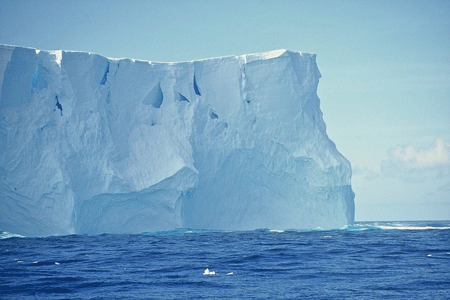Hydrospheric Environment-Analytical Chemistry
 |
 |
 |
 |
 |
 |
New School Year, Apr 3, 2025
Chemistry for observing Earth
In order to realize sustainable society, it is essential to develop chemistry for observing Earth. Hydrosphere, composed of the oceans, rivers, and lakes, is a primary system maintaining life on the earth. We are interested in trace elements and their isotopes (TEIs) in the hydrosphere, and pursuing interdisciplinary study including analytical chemistry, geochemistry, marine chemistry, oceanography, limnology, geology, and environmental science, to clarify the present, past, and future of the hydrosphere.
Development of analytical methods for TEIs
Although TEIs in the hydrosphere have a lot of invaluable information, it is not easy to determine them. We are developing novel methods for multielemental determination, isotopic ratio determination, speciation, and in-situ analysis. We have leading technology of chemical separation, such as solid phase extraction using chelating adsorbents, and up-to-date analytical instruments, such as ICP-mass spectrometers.
Hydrospheric chemistry of TEIs
TEIs in the hydrosphere are studied using the developed analytical methods. Fieldwork is major activities in this study. The present subjects are as follows:
(1) Interaction between bioactive trace metals and marine ecosystem (Al, Mn, Fe, Co, Ni, Cu, Zn, Cd, Pb, etc)
(2) Marine biogeochemical cycling of TEIs and its interaction with the solid earth and human activities (Zr, Hf, Nb, Ta, Mo, W, Pd, Pt, Au, etc)
(3) Proxies of redox chemistry for paleoceanography (Mo, W, etc)
(4) Environmental change and dynamics of trace elements in Lake Biwa
(5) Creation of marine chemistry of heavy element-stable isotopes
Development of ion-recognition systems
Ligands and adsorbents that have novel functions in ion recognition are designed, synthesized, and characterized. The origin of functions is investigated through the analysis of geometric and electronic structure. The ion recognition systems are applied to the development of separation technology and sensors.
